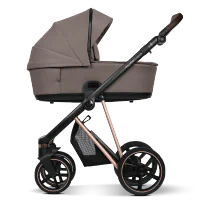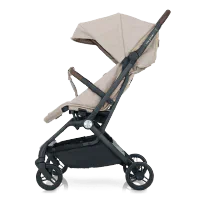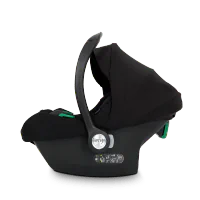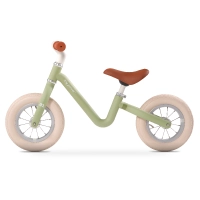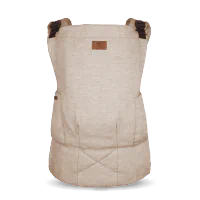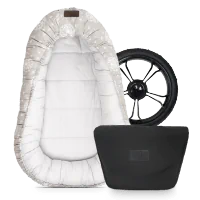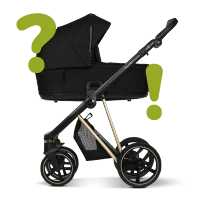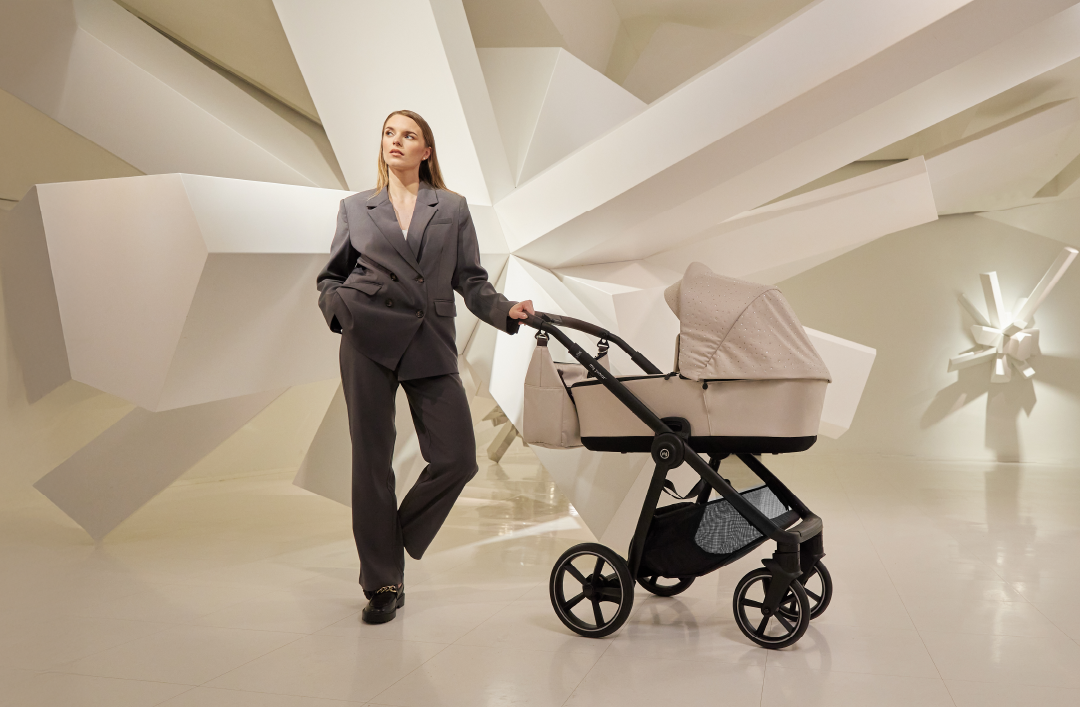-
 Pushchair
Pushchair
-
 All pushchairs
All pushchairs
-
 MAVI
MAVI
-
 VIGO²
VIGO²
-
 VITA unique³
VITA unique³
Your highly functional companion -
 VIGO² Alcantara
VIGO² Alcantara
-
 VIGO
VIGO
Your individual companion -
 VITA HOPE
VITA HOPE
Your clever companion -
 VITA unique²
VITA unique²
Your comfortable companion -
 PICO³ with tub
PICO³ with tub
Your compact companion -
 NOAX²
NOAX²
Your urban companion -
 MIYO²
MIYO²
Your trusted companion -
 Pram tests
Pram tests
-
 Consultation
Consultation
-
-
 Buggies
Buggies
-
 Limited Editions
Limited Editions
-
 Child seats
Child seats
-
 Black Friday Sale
Black Friday Sale
-
 Reviews
Reviews
-
 Impeller Type 01
Impeller Type 01 -
 Home
Home
-
 Fabric sample
Fabric sample
-
 Baby carriers
Baby carriers
-
 Accessories
Accessories
-
 Vouchers
Vouchers
-
 Discover my junior®
Discover my junior®
-
 About us
About us
-
 In your vicinity
In your vicinity
-
 Help and Contact
Help and Contact
- Contact | Personal. Carefree. Happy.
- Warranty & Mobility Guarantee | Our Promise
- 100-day trial offer
- Frequently Asked Questions
- my junior Assistant
- my junior Assistant
- Warranty claim
- Register product | Warranty extension
- Pram care
- Operating instructions
- Quality initiatives
- my junior B2B Shop
- For professionals
- For influencers
-
 Consultation
Consultation
-
 Useful
Useful
-
 Career
Career
-
 Press
Press
-
 Free expert advice
Free expert advice
 100 days free returns
100 days free returns
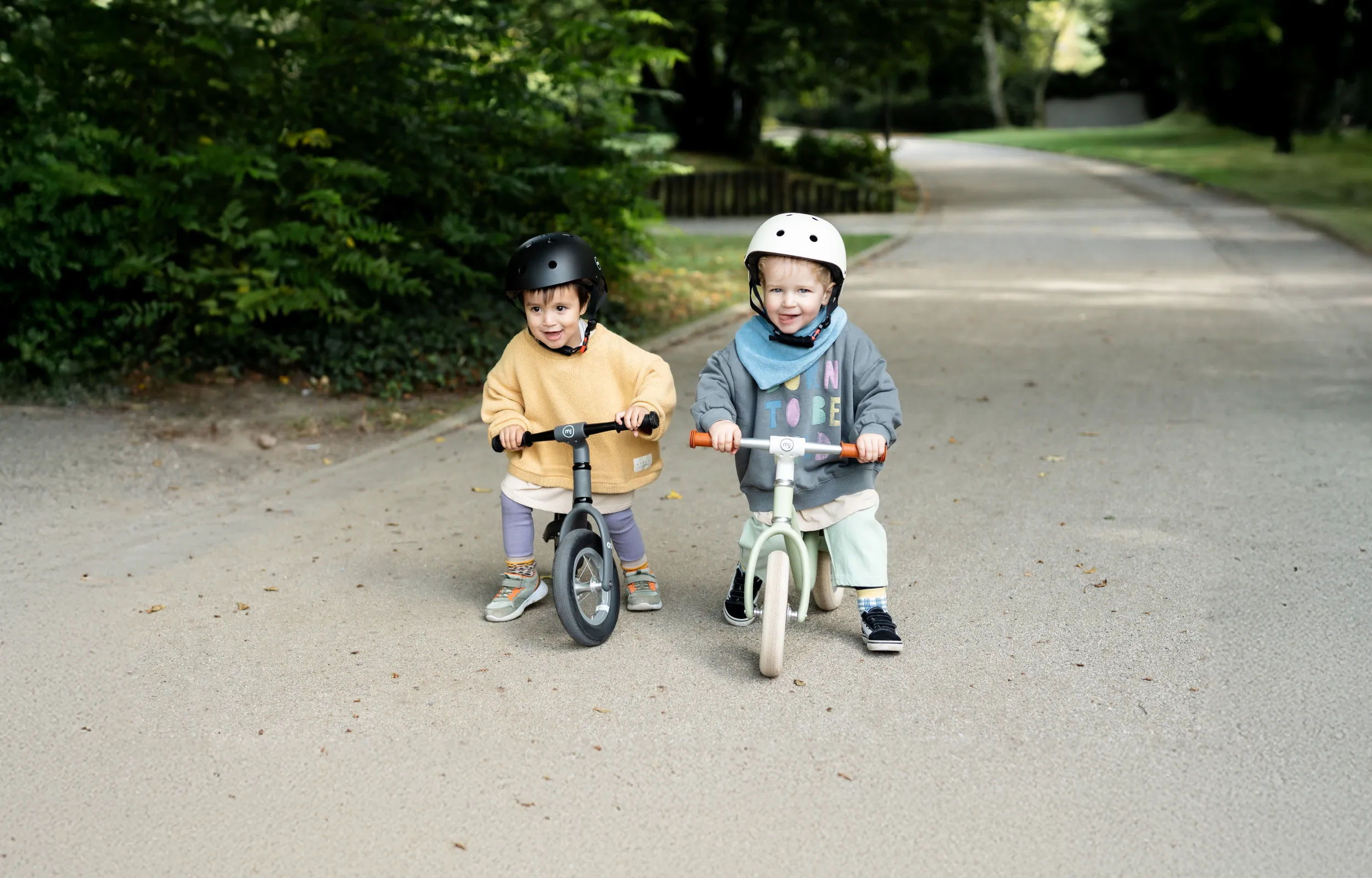
Balance bikes for children
Balance and Motor Skills: The First Steps Towards Independence
Balance bikes not only promote motor skills your happiness, but at the same time also support the Sense of balance and the Coordination. Balance bikes are especially ideal for beginner riders from 2 years of age, as they make the transition to a children's bicycle easier.
The child learns in a playful way to balance on two wheels, without having to rely on additional supports such as stabilisers. This not only strengthens self-confidence, but also paves the way to independence for the little adventurers.
When buying, make sure that the children's balance bike has a height-adjustable seat offers, to keep up with your child's growth. The correct saddle height is crucial to ensure your child can ride safely and comfortably.
An ergonomic design makes a significant contribution to comfort and stability. – even on longer outings. This way, the balance bike is not just a toy, but becomes a valuable companion in the development of your happiness.
In this article, we have summarised everything you need to know about balance bikes for children, provided an age recommendation, and included helpful tips to assist you in finding the best options.
Safety first: What you should pay attention to
When purchasing a balance bike, the Safety always comes first stand. Especially with models for children from 1 year old, it is important to pay attention to High-quality materials and robust workmanship to pay attention.
Tyres play a major role here: Air-filled tyres ensure an especially smooth ride.. . Non-slip handlebar grips and a stable frame made of metal, plastic or wood offer additional protection, so that your lucky charm has a secure hold while driving.
One well-padded seat Maximises comfort and prevents pressure points, even when the little riders are covering longer distances.
Remember that the wheels are robust enough to handle the surroundings – including uneven terrain – without any problems.
Choose the right model based on your lucky one's height to ensure an optimal fit and maximum stability.
Security and comfort go hand in hand when choosing a balance bike, so your happiness can benefit from the many advantages of these little riding aids.
Materials and Design: Wood, Metal or Plastic?
Balance bikes are available in various materials, each offering its own specific advantages.
Wooden balance bikes score points with their natural design and durability. They are robust and sustainable, however less flexible in adapting to the size Of your toddler.
Metal frame on the other hand, are particularly stable and durable, which is why they are often preferred when the balance bike is intended to be used for several years. These models usually offer adjustable saddles to guarantee the perfect fit for children from 1 or 2 years old.
Balance bikes made of plastic are particularly lightweight. and therefore ideal for younger children or beginners, as they are easier to handle.
Did you know? Our children's balance bike is made primarily from innovative polyamide/glass fibres sourced from PET bottles and weighs only 2.3 kilograms.
If you are looking for the best model for your child, you should consider which features are most important to you – whether a light weight, a long service life or a attractive design. . Our children's balance bike meets all the criteria.
Frequently Asked Questions about Balance Bikes
1. From what age is a balance bike suitable?
A balance bike is generally suitable when your little one 2 years is old. A key role in this, however, is played by motor development.
Some models are suitable from as young as 18 months, with particularly small balance bikes featuring a low seat height being ideal in this case.
More important than the exact age is that the toddler can walk and balance safely, as these abilities support safe riding on the balance bike.
The advantage of a balance bike is that it trains balance and playfully prepared for later cycling.
Make sure that your child is motivated to use the balance bike and enjoys it, as the transition to active use can take varying amounts of time depending on the child.
Using a balance bike is a big step for children towards switching to a children's bicycle or scooter. With patience and practice, you will soon be able to see the first results.
2. Is a helmet necessary when riding a balance bike?
Yes, a helmet should always be worn., when the child is out and about with the balance bike (training bike). Even though a balance bike is slower than a bicycle, there is still a risk that your little one might fall.
Especially in the first days or weeks, in which balance is first learned on the balance bike, falls can occur.
A helmet significantly reduces the risk of head injuries.. It is also important that the helmet fits well, does not wobble, and is securely fastened. It should cover the back of the head and the temples to provide optimal protection.
Explain to your child at an early stage that the helmet is just as important as the balance bike itself – Safety first.
3. Which type of tyre is best for a balance bike?
When choosing the right type of tyre for a wheel, there are various options. Air-filled tyres are ideal when it comes to comfort and a smooth ride on uneven paths. You offer a better cushioning and ensure a pleasant driving experience.
Foam rubber tyres or solid rubber tyres are puncture-proof and easy to maintain, but offer less suspension.
The choice of tyre type therefore depends greatly on where the wheel is mainly used.
4. How can I choose the right size balance bike for my child?
The correct size of a balance bike is crucial for your child's safety and riding enjoyment. A simple rule of thumb states that the child should be able to sit with both feet flat on the floor. This way, it can push itself off securely and keep the balance bike stable.
Adjustable wheels are especially practical, as they come with your luck grow along and allow for a longer period of use to enable.
The Seat height should generally be 1–2 cm lower than the child’s inside leg measurement..
5. Are there differences between balance bikes for boys and girls?
Basically, balance bikes are unisex. and do not differ in their functionality depending on the gender of the child.
The main differences often lie only in the design or the colour. Functionally, however, these differences do not matter, as Safety and ergonomics always come first should.
Our tip: Pay primary attention to the correct fit, the quality of the materials, and the safety features. Colours and other design elements are of secondary importance.

Your world full of advantages.
- 10-year guarantee
- 1 year fully comprehensive insurance
- Personalized service
- Early access to our launches
- Special offers from our partners

 Pushchair
Pushchair 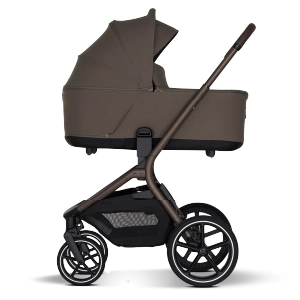 MAVI
MAVI 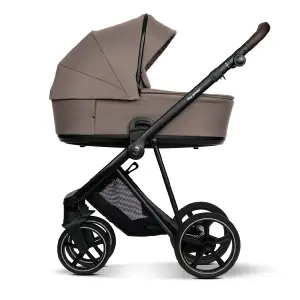 VIGO²
VIGO² 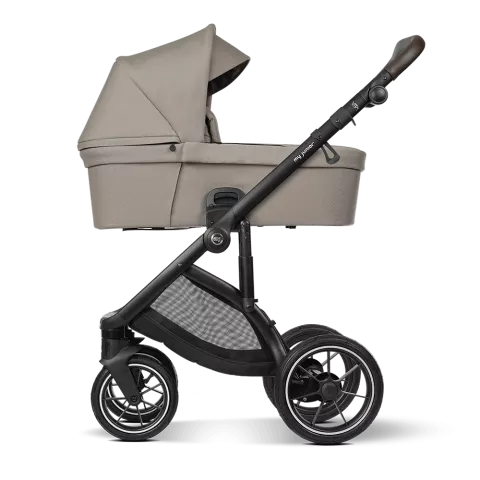 VITA unique³
VITA unique³ 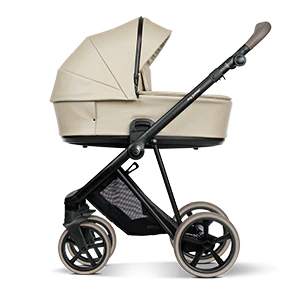 VIGO² Alcantara
VIGO² Alcantara 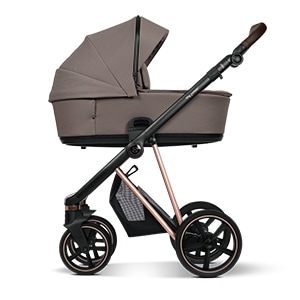 VIGO
VIGO 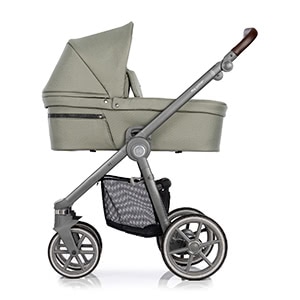 VITA HOPE
VITA HOPE  VITA unique²
VITA unique²  PICO³ with tub
PICO³ with tub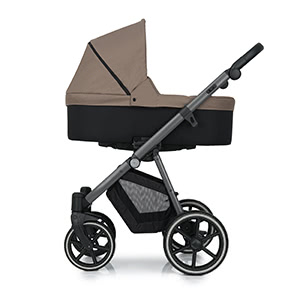 NOAX²
NOAX² 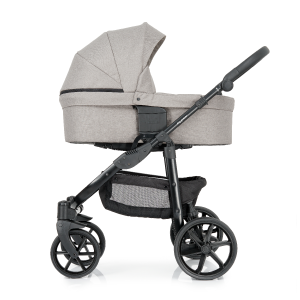 MIYO²
MIYO² 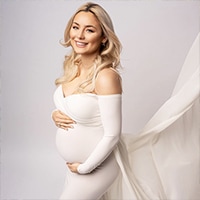 Pram tests
Pram tests  Consultation
Consultation 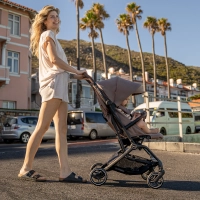 Buggies
Buggies 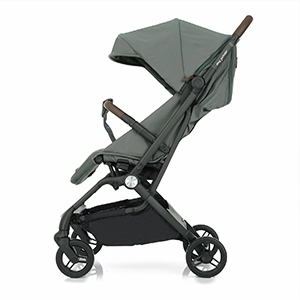 PICO³
PICO³ 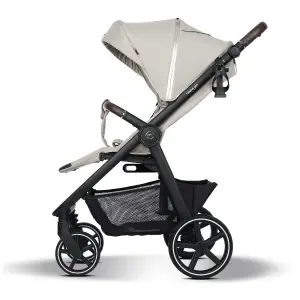 PLIA²
PLIA² 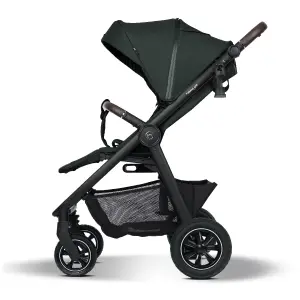 PLIA² Air
PLIA² Air 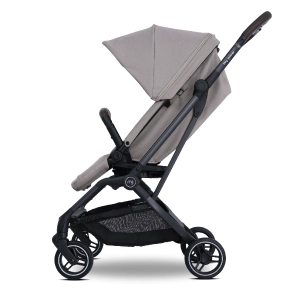 PICO³⁶⁰
PICO³⁶⁰  PICO³ with tub
PICO³ with tub 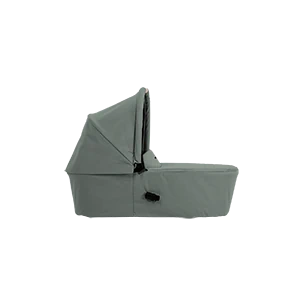 PICO tub
PICO tub 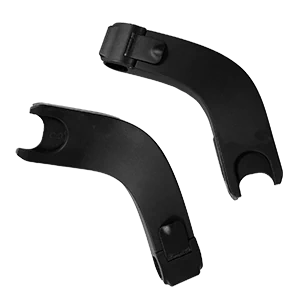 PICO infant car seat adapter
PICO infant car seat adapter 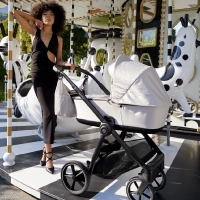 Limited Editions
Limited Editions 
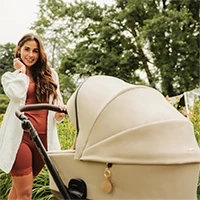
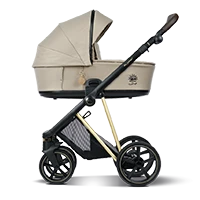

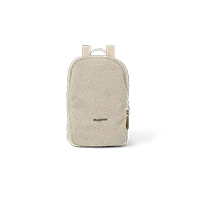
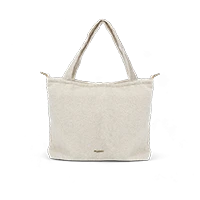

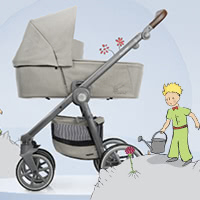
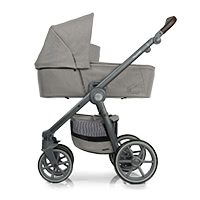

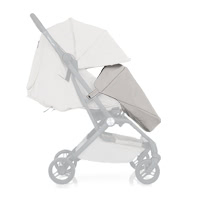

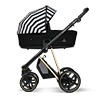 VIGO
VIGO 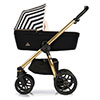 VITA HOPE
VITA HOPE 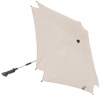 Limited Edition Parasol
Limited Edition Parasol 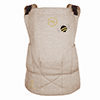 Limited Edition Baby Carrier
Limited Edition Baby Carrier 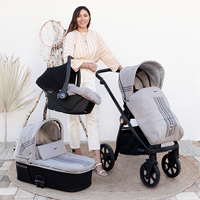
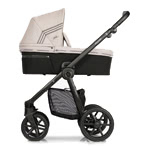 VITA HOPE
VITA HOPE 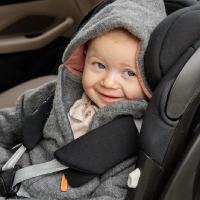 Child seats
Child seats 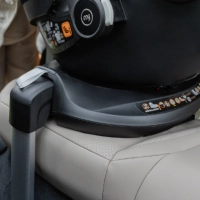 All Isofix Bases
All Isofix Bases 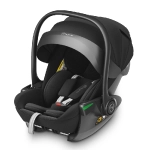 AURAᵉʳᵍᵒ
AURAᵉʳᵍᵒ 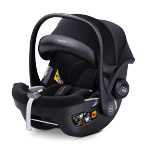 Aura Pro
Aura Pro 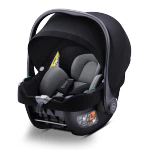 Beam
Beam 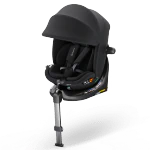 Cyro 360
Cyro 360 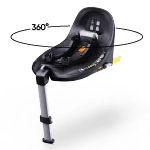 Base 360
Base 360 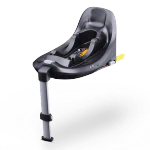 Base Static
Base Static 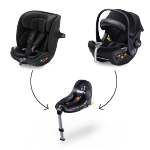 Capsule System
Bundle
Capsule System
Bundle 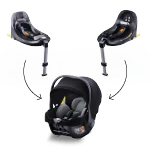 Beam Bundle
Beam Bundle 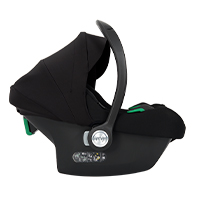 Avionaut Cosmo
Avionaut Cosmo 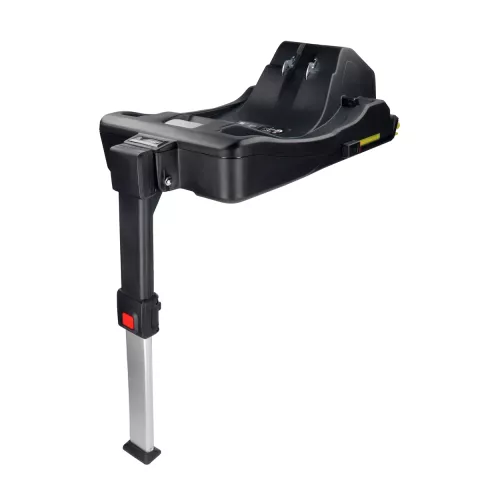
 Black Friday Sale
Black Friday Sale
 Reviews
Reviews  Read reviews
Read reviews  Write a review
Write a review 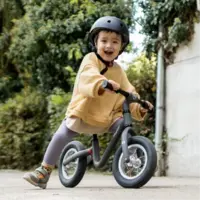
 Home
Home  Fabric sample
Fabric sample  Baby carriers
Baby carriers 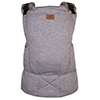 LUVA
LUVA 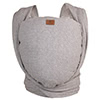 NAMI
NAMI 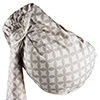 NAMI with ring
NAMI with ring 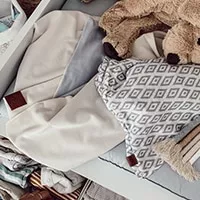 Accessories
Accessories  Vouchers
Vouchers  Discover my junior®
Discover my junior®  About us
About us  In your vicinity
In your vicinity 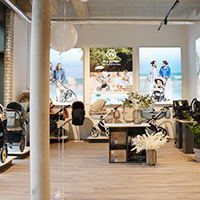 All my junior
All my junior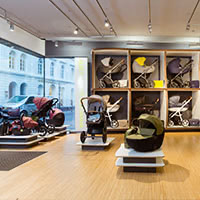 Flagship Store
Aachen
Flagship Store
Aachen 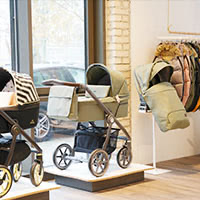 Flagship Store
Hamburg
Flagship Store
Hamburg 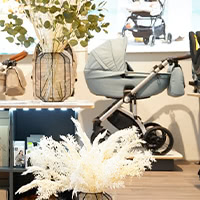 Flagship Store
Salzburg
Flagship Store
Salzburg  Flagship Store Binzen
Flagship Store Binzen
 Flagship Store
Krefeld
Flagship Store
Krefeld 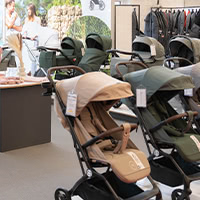 Studio Cologne
Studio Cologne  Studio Trier
Studio Trier 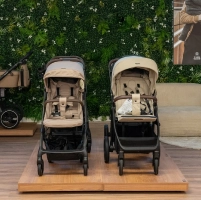 Studio Braunschweig
Studio Braunschweig
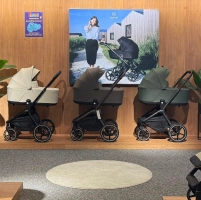 Studio Metzingen
Studio Metzingen
 my junior® pram in
Switzerland
my junior® pram in
Switzerland 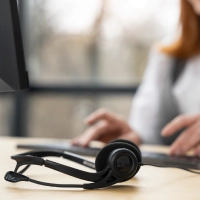 Help and Contact
Help and Contact  Useful
Useful  Career
Career  Press
Press 
